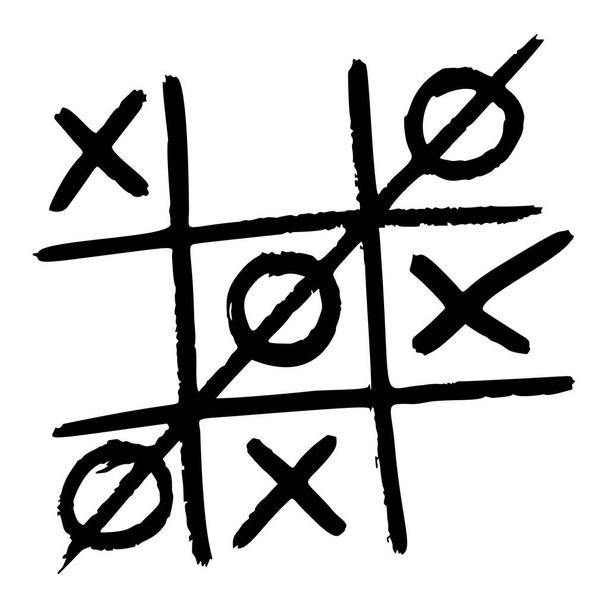
Lesson 4 – Lists
A list is a collection of items in a particular order. You can make a list that includes the letters of the alphabet, number, the names of all the people in your family, etc. You can put anything you want into a list and the items in your list don’t have to be related in any particular way.
In Python, square brackets [ ] indicate a list and the individual elements in the list are separated by commas.
Examples
1. The Following Program will create a list and print them out.
Input:
wizard_list = ['spider legs', 'toe of frog', 'snail tongue', 'bat wing', 'slug butter', 'snake dandruff', 'bear burp']
print(wizard_list)Output:
[‘spider legs’, ‘toe of frog’, ‘snail tongue’, ‘bat wing’, ‘slug butter’, ‘snake dandruff’, ‘bear burp’]
Lists start at index position 0, so the first item in a list is 0, the second is 1 , the third is 2 and so on.
Input:
wizard_list = ['spider legs', 'toe of frog', 'snail tongue', 'bat wing', 'slug butter', 'snake dandruff', 'bear burp']
print(wizard_list[0])
print(wizard_list[0].title())Output:
spider legs
Spider Legs
How to output all the elements of the list, one at a time?

Method 1 (not so efficient)
Input:
wizard_list = ['spider legs', 'toe of frog', 'snail tongue', 'bat wing', 'slug butter', 'snake dandruff', 'bear burp']
print(wizard_list[0])
print(wizard_list[1])
print(wizard_list[2])
print(wizard_list[3])
print(wizard_list[4])
print(wizard_list[5])
print(wizard_list[6])Output:
spider legs
toe of frog
snail tongue
bat wing
slug butter
snake dandruff
bear burp
Method 2 (using a loop – better!)
Input:
wizard_list = ['spider legs', 'toe of frog', 'snail tongue', 'bat wing', 'slug butter', 'snake dandruff', 'bear burp']
for i in range(0, 7):
print(wizard_list[i])Output:
spider legs
toe of frog
snail tongue
bat wing
slug butter
snake dandruff
bear burp
What if you don’t know how long the list is?
Use the len() function. The len() function returns the length of a string or list.

Input:
for i in range (0, len(wizard_list)):
print(wizard_list[i])Output:
spider legs
toe of frog
snail tongue
bat wing
slug butter
snake dandruff
bear burp
Another way to output the values in a list:
Input:
for i in wizard_list:
print(i)Output:
spider legs
toe of frog
snail tongue
bat wing
slug butter
snake dandruff
bear burp
Adding Items to a List
To add items to a list, we use the append function. For example, to add the item newt eye to the wizard’s shopping list, do this:
Input:
wizard_list.append('newt eye')
print(wizard_list)Output:
spider legs
toe of frog
snail tongue
bat wing
slug butter
snake dandruff
bear burp
newt eye
You can keep adding more items to the wizard’s list in the same way, e.g.,
Input:
wizard_list.append('hemlock')
wizard_list.append('swamp gas')
print(wizard_list)Output:
spider legs
toe of frog
snail tongue
bat wing
slug butter
snake dandruff
bear burp
newt eye
hemlock
swamp gas
Removing Items From a List
To remove items from a list, use the del command (short for delete).
For example, to remove the sixth item in the wizard’s list, snake dandruff, do this:
Input:
del wizard_list[5]
print(wizard_list)Output:
spider legs
toe of frog
snail tongue
bat wing
slug butter
bear burp
newt eye
hemlock
swamp gas
Remember that positions start at zero, so wizard_list[5] actually refers to the sixth item in the list
Searching for an Item
Examples
1. The following example shows how you can search for a particular item in a list. In this example, we wish to see if the number three is in the list. If we find the number, then we break out of the loop (as we don’t need to keep searching, assuming that each number in the list is unique).

Input:
my_list = [1, 2, 3, 4, 5]
item_to_search = 3
found = False
for item in my_list:
if item == item_to_search:
found = True
break
if found:
print("Item found in the list!")
else:
print("Item not found in the list.")Output:
Item found in the list!
2. The following example shows how you can search for all occurrences of a particular number in a list. In this example, we wish to know how if the name “Ria” occurs in the list and in which positions in the list it occurs.
Input:
name_list = ["Jose", "Alex", "Ria", "Emily", "Mimi", "Julio", "Sandy", "Ria", "Dani"]
item_to_search = "Ria"
found = False
for i in range(len(name_list)):
if name_list[i] == item_to_search:
found = True
print(item_to_search + " found in position " + str(i) + "\n")
if not found:
print(item_to_search + " not found in the list")Output:
Ria found in position 2
Ria found in position 7
3. This example is another solution to the problem but here we append all the indexes where the name is found to a new list and then print out the new list.
Input:
name_list = ["Jose", "Alex", "Ria", "Emily", "Mimi", "Julio", "Sandy", "Ria", "Dani"]
position_list = []
item_to_search = "Ria"
found = False
for i in range(len(name_list)):
if name_list[i] == item_to_search:
found = True
position_list.append(i)
if found:
print(item_to_search + " was found in the following locations:")
for index in position_list:
print(index)
else:
print(item_to_search + " not found in the list")Output:
Ria was found in the following locations:
2
7
Practice Questions

1. Create a list containing six different sandwich ingredients, such as the following:
ingredients = [‘lettuce’, ’tomatoes’, ‘onions’, ‘pickles’, ‘mayo’, ‘mustard’]
Now, create a loop that prints out the list (including the numbers):
Expected Output:
1 lettuce
2 tomatoes
3 onions
4 pickles
5 mayo
6 mustard
2.Create a list with at least 6 items. You can put anything you want in the list, e.g., favorite movies, favorite food, favorite games, etc. Next, write the code to output the values in the list in reverse order.
For example, if your list looked like this: [‘donuts’, ‘ice-cream’, ‘waffles’, ‘cookies’, ‘hot dogs’, ‘cup cakes’], your output should look like the following:
Expected Output:
cup cakes
hot dogs
cookies
waffles
ice-cream
donuts
3. Write a program that prompts the user to enter a list of numbers. The program should then count and display the number of elements in the list.
Expected Output:
Input: 7, 28, 555
7
28
555
3 elements in the list
4. Write a program that prompts the user to enter a list of names. The program should reverse the order of the elements in the list and display the reversed list.
Expected Output:
Input: Grace, Ryan, Mark, Sandy
Sandy
Mark
Ryan
Grace
5. Write a program that prompts the user to enter a list of numbers. The program should calculate and display the sum of all the numbers in the list.
Expected Output:
Input: 55, 261, 81
397
Python Games
The files are provided in text format. You will need to copy the code in the file into the Thonny editor in order to run the program.
